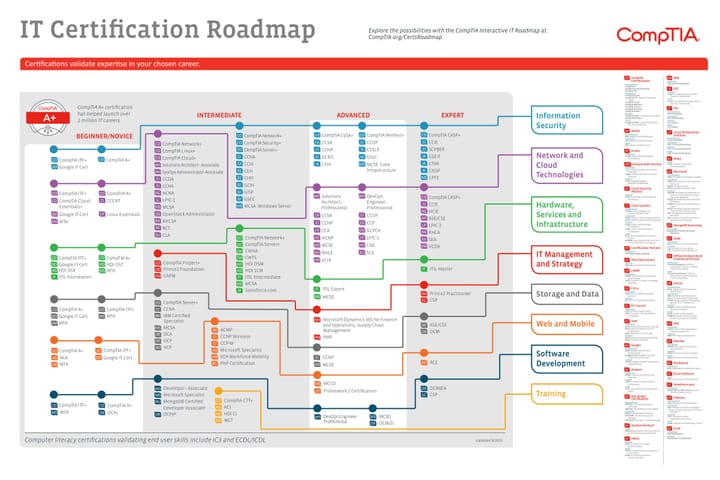Apple's Convergence: A Unified Ecosystem Across iOS, iPadOS, and macOS

In recent years, Apple has been working diligently to create a more seamless and interconnected experience across its operating systems, blurring the lines between iOS, iPadOS, and macOS. This strategic move aims to enhance user experience, simplify workflows, and position Apple as the leader in a unified ecosystem. Let's explore the key developments, potential long-term strategies, and the impact on both consumers and businesses.
The Convergence Journey:
1. Cross-Platform Apps:
Apple's introduction of Catalyst and SwiftUI frameworks allows developers to create apps that run seamlessly across iOS, iPadOS, and macOS. This means that a user can start a task on their iPhone, continue on their iPad, and finish on their Mac without any hiccups.
2. Universal Control:
One of the standout features introduced is Universal Control, enabling users to control multiple Apple devices with a single mouse and keyboard. This feature enhances productivity by allowing users to drag and drop files effortlessly across their devices.
3. Shared Experiences:
Features like Handoff and AirDrop make it easier to share content between Apple devices. Users can seamlessly transition between their iPhone, iPad, and Mac, creating a more cohesive and fluid experience.
The Long-Term Strategy:
1. User Loyalty and Ecosystem Lock-in:
By creating a unified experience, Apple aims to deepen user loyalty and keep consumers within its ecosystem. As users become more reliant on the seamless integration of their devices, the likelihood of switching to other platforms decreases.
2. Streamlined Development:
A unified ecosystem simplifies app development, reducing the resources and time required to create and maintain applications. This could lead to a more robust and expansive App Store, benefiting both consumers and developers.
3. Hardware Integration:
As Apple continues to design its own silicon, the integration of hardware and software becomes more tightly knit. This allows for optimised performance and enhanced features that leverage the full potential of Apple's devices.
Impact on Consumers and Businesses:
1. Enhanced Productivity:
Consumers can expect a more streamlined and efficient workflow as they seamlessly switch between their Apple devices. The unified ecosystem promotes a consistent user experience, making it easier to accomplish tasks across various platforms.
2. Business Integration:
For businesses, the convergence of iOS, iPadOS, and macOS means enhanced compatibility and collaboration. Employees can work more fluidly between different devices, leading to increased productivity and efficiency in a professional setting.
3. Potential Challenges:
While the convergence offers numerous benefits, there may be challenges such as potential security concerns and the need for businesses to adapt their IT infrastructure to accommodate the evolving ecosystem.
In conclusion, Apple's push towards a unified ecosystem signals a strategic move to dominate the tech landscape by providing users with a seamless and integrated experience. As the convergence continues, the impact on both consumers and businesses is poised to be transformative, fostering a new era of interconnected digital experiences. It remains to be seen how Apple will navigate potential challenges and capitalise on the opportunities presented by this ambitious strategy.



Comments ()